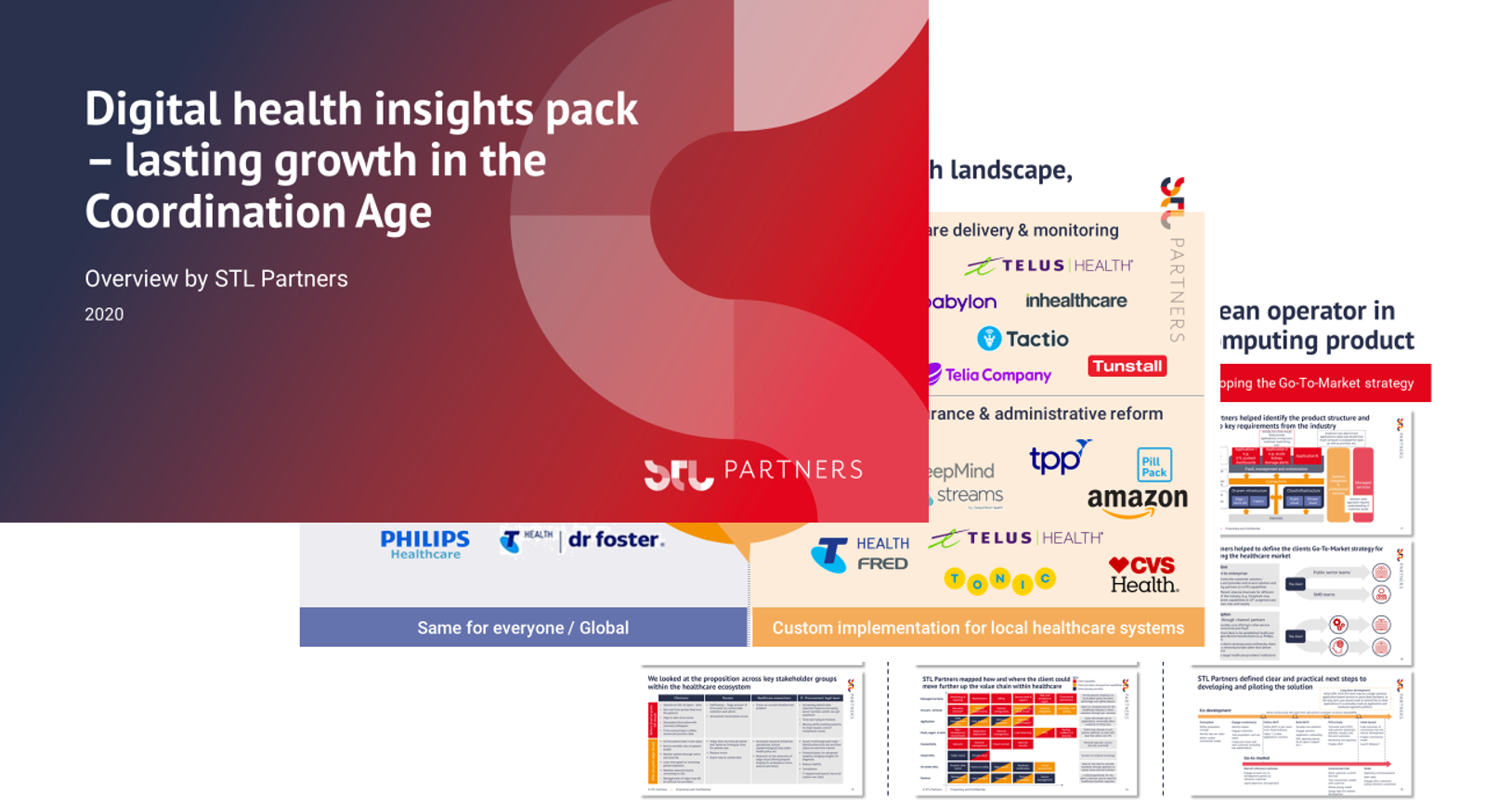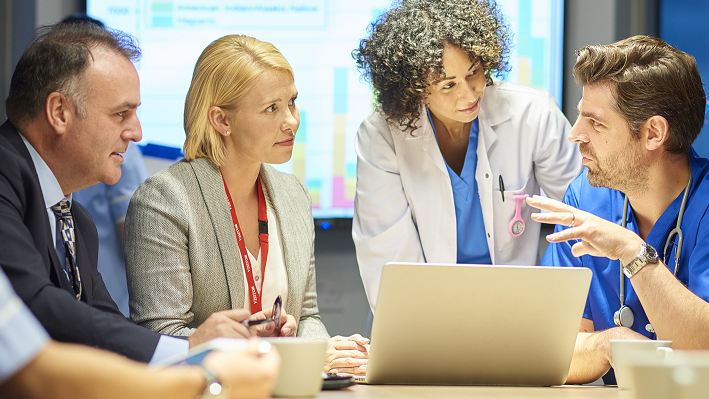Digital health diagnostics and triage
Diagnostics and triage are often the first points in a patient’s journey through the healthcare system. In simple terms, diagnostics is the process of identifying a particular illness using a combination of signs, symptoms, tests etc. Triage, on the other hand, is the process of assessing patient needs/symptoms to direct them to the right specialist/institution, to improve patient health outcomes and reduce costs.
Inefficiencies in these fundamental processes have long created unnecessary costs for healthcare systems and have kept millions of people from getting quality healthcare. Technology promises to bring revolutionary changes to how people get directed to the relevant specialist, get diagnosed and ultimately treated.
To better understand how these gains can be harnessed, we dive into some of the most pressing problems with how diagnostics and triage are currently carried out.
Inefficiencies in diagnostics and triage processes
Inefficiencies in current diagnostics and triage processes are creating huge financial and human costs for healthcare systems:
- Diagnostic errors
- Most people will experience at least one diagnostic error in their lifetime
- Diagnostic errors are more common and costly than treatment mistakes with an estimated $750 billion or 30% of U.S. annual healthcare spending wasted on diagnostic errors and other inefficiencies
- The human cost of misdiagnosis is just as significant with an estimated 40,000 to 80,000 patient deaths annually in the US alone
- Unnecessary tests and treatment
- Unnecessary tests and treatment are a big part of why healthcare costs so much
- In a study on the efficiency of ICU utilisation at Harbor-UCLA Medical Center, researchers found that around half of the patients who received care in the hospital’s resource-strained Intensive Care Unit did not benefit from the treatment
- Slow diagnosis limits opportunities for preventative care
- The rising costs of diagnostics make it less likely that patients will get early diagnosis and will subsequently avoid developing chronic illnesses.
- Globally, more than 70% of deaths can be attributed to chronic illnesses which are significantly more costly to treat. In fact, treatment of chronic conditions accounts for around 75% of U.S. annual healthcare spending.

In our forthcoming model of the impact of digital health on healthcare costs, taking into account accelerated uptake in 2020, we forecast that digital health applications in diagnostics and triage could save nearly US$200bn in costs globally by 2030.
How digital health can improve access to diagnostics and triage
Another major issue with how diagnostics and triage are carried out is that, in most traditional settings, patients need to travel to the doctor to get the first appointment, before being redirected to a different specialist/institution. This map developed by Nature Medicine visualises the various travel times to access healthcare services globally. The bottom line is that for many people across the globe, the time to reach a health provider may be too long and too costly.
In addition to the physical barriers to access healthcare facilities, for many people in low- and middle-income countries, there just aren’t enough doctors. In fact, according to the UN, “about 44% of WHO member states have less than one doctor per 1,000 population” and more than half of the global population still doesn’t have access to essential health services.
On the backdrop of these problems, technological breakthroughs significantly enhance access to and quality of diagnostics and triage services globally. Innovations such as artificial intelligence (AI), virtual health bots, online triage systems and others address some of the critical challenges highlighted above. There are various opportunities for telcos to play part in helping partner companies apply these innovations:
- Many telcos have already launched virtual care and/or remote monitoring solutions. From either of these starting points, diagnostics & triage is the next logical steps for an operator seeking to build scope and support the wider patient journey.
- According to STL Partners’ latest modeling, diagnostics & triage is the second largest value bucket globally in adoption of digital health after remote monitoring. Hence, it should be on the radar for telcos in health, especially as all the application areas are likely to merge into a holistic patient journey over the long term.
- For telcos seeking to expand their digital health propositions to include diagnostics and triage, the key to success will be forging partnerships with leading technology players in this field and supporting them to bring industry leading solutions into local healthcare systems.
Conclusion
Whether it’s through helping doctors better diagnose various conditions through the application of AI, machine learning, visual imaging and others, technology promises to significantly enhance diagnostics as we know it. Online triage systems promise to free up much needed healthcare resources and achieve greater efficiency in how they are allocated.
Overall, new technologies promise to enhance access to healthcare globally by delivering out-of-the-box solutions wherever they are needed. The cost savings that can be achieved through these improvements are truly massive. And while much more innovation and widespread adoption of new technologies is still needed to address the larger problems discussed in this article, there is much hope for a better future ahead.
Author: Ani Keshishyan, Consultant and member of the Digital Health Practice
Digital health insights pack
This 24-page document will provide you with a summary of insights from our healthcare research and consulting work:
- Key trends in the healthcare industry
- The role for telecoms: applications and business models
- Strategies for success: where to start
- How STL Partners can support you
Request the free digital health insights pack by clicking on button below:
![]()
Get in touch with our Digital Health Leads

Read more about digital health
Webinar
Telcos in health webinar
In this session Amy Cameron and Yesmean Luk looked at the opportunities for telcos in health. As a growing industry, with a national focus and significant digitisation challenges, healthcare is an attractive vertical for telcos seeking to build new revenues beyond core communications services.
Research
TELUS Health: Innovation leader case study
Healthcare is an attractive vertical for telcos to address with digital solutions. Although many telcos have made attempts to capture this opportunity, TELUS stands out as an example of the value of a long-term commitment to healthcare. In this case study, we examine TELUS’ strategy in health, evidence of its success, and draw out lessons for other telcos






